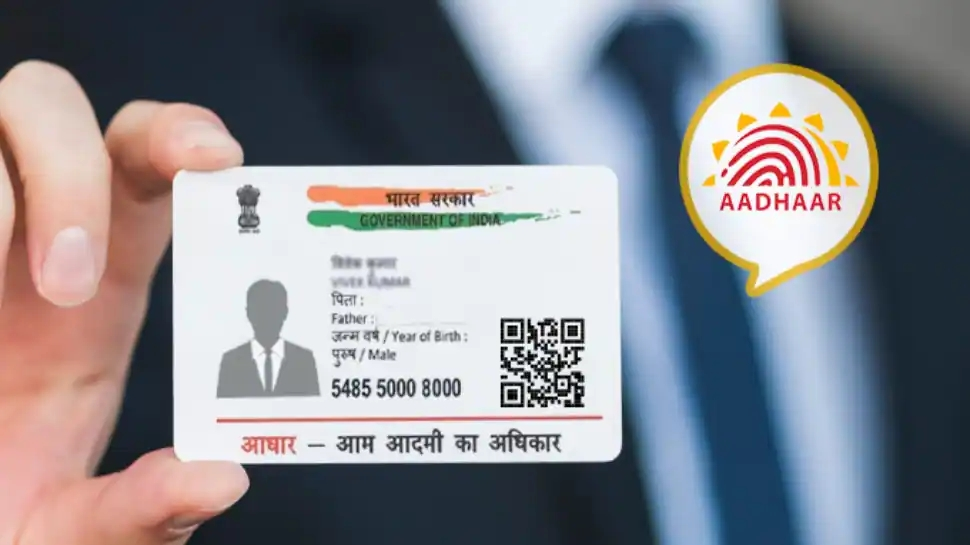The repetitive and lengthy lockdowns due to multiple waves of the Covid-19 pandemic had us all locked up in our homes with limited mobility. This decision tested every country’s health and food sector, policymaking and the ability for good governance.
The sudden decision for a strict nationwide lockdown meant that even the economy came to a standstill with us. While millions of people lost their lives, there were another million that lost their jobs. The government’s reaction saved many lives, but it took a toll on the economy, leading to a global economic crisis.
The countries that took a severe hit during the pandemic were Peru and India, which during the second quarter of 2020 had negative annual growth of -30.2% and -23.9%, respectively. Along with the U.K. and Tunisia, these were the only countries that lost more than 20% of their GDP.
The lockdown alone may not be responsible for such a huge dip. One can always ask if it was the policy response by the government that may have resulted in such a poor outcome. It is also important to acknowledge that the pandemic has disrupted the markets, and this is a governance challenge that one has never faced.
One of the essential tasks that the governments had to achieve was to gain control over the pandemic without completely shutting down the economy. It was during this time that the importance of e-governance initiatives took a paradigm shift.
What Is E-Governance?
Electronic governance or e-governance is the use of information and communication technology (ICT) by the government to satisfy the requirements of the local public. E-governance is crucial because it holds the government accountable, minimises corruption, increases transparency, reduces overall costs, improves delivery of government services and encourages citizens to participate in the decision making process.
Every country has a different approach towards e-governance depending on its development, economy and population. An effective e-governance system helps improve the quality of information and services provided to the citizens and promote economic growth. Suppose the governments of developing and underdeveloped countries plan and appropriately implement e-governance. In that case, it will have a positive impact on the success and development of the country.
The most important reason for the increasing interest in e-governance technology was that it required a lesser workforce and physical presence. During the pandemic, it was essential to include the social distancing practice at work. At such a time, if hardware automation and Artificial Intelligence (AI) were an integrated part of our work, it would have had a less severe impact on society.
Digital Divide and E-Governance
We know that technology was the only means of communication during such challenging times. Technology alone was the enabler or the key to functioning for a very long time. Despite these, technology also hurt a section of the population. The substantial digital divide evident across the world was to blame.
One billion people around the globe do not have access to ICT. The lack of resources, low quality and high priced internet services, lack of education, poor e-services and financial limitations also contribute to the digital divide.
This divide makes it impossible to make governance digital as there will be a section of citizens who may not benefit from this scheme. To change this, the government needs to make e-services accessible and the technical content on ICT easily understandable. The proper form of education and a change in mentality can make an impactful difference in bridging the digital divide. It will increase the scope of more streamlined e-governance throughout the world.
Use of E-Governance in the Fight Against COVID-19
Keeping in mind the harsh realities of Covid-19, every country in the world has used some form of e-governance to serve its people. They created Covid-19 information portals, virtual medical appointments, hackathons, e-services for medical goods, creating applications for tracking, working and learning from home and more. It was a necessary step as the government had to control the flow of information. It helped reduce the fear and helped share safety and precautionary measures with the people.
As it was difficult to keep track of the contact cycle, the Indian government came out with a contact tracing app called ArogyaSetu that used AI and GPS tools for tracing. Similarly, with the help of the Digital Transformation Agency, the government of Australia created Covid Safe App, which helped the government trace the transmission cycle. Canada and Australia have dashboards to share and track emergency details, while China has chatbots to assess patients’ symptoms. Estonia created a community engagement app, and Croatia has a virtual doctor powered by AI.
The world has already moved far ahead when it comes to e-governance. Nation-states of Denmark, Australia, the Republic of Korea, Estonia, Finland, Sweden, U.S.A, U.K, New Zealand, Singapore, Norway and Japan lead the bandwagon. Even countries like Bhutan, Bangladesh and Cambodia are leaders in e-governance development.
Conclusion
Covid-19 has been an actual test of nations in all aspects, including health care, agriculture and economy. It has tested if a country can survive on its own without relying on its neighbours. It has also improved and raised the level of health care facilities across the world. It opened new doors to show work is not limited to offices and opened numerous doors for freelance and remote workers. It pushed the public towards digitalisation and using digital wallets to make payments, further reducing the contact between people. It helped develop and build small businesses like food, medicine and grocery delivery apps.
While these are focused on the citizens, it has helped the government create channels that directly benefit them to reach the citizens and take another step towards reducing paper transactions and focusing on making everything digitally accessible. E-governance has also helped the government improve information quality, credibility and appropriateness. It was visible during these unprecedented times as it allowed people to protect themselves against a deadly virus.
Considering that technology adoption has increased over time, it is the right time for governments to focus on improving their e-governance systems. It is helpful to the government, municipalities, and citizens as they can now contribute to the policies as co-producers and not just receivers. It makes it easier for the government to plan for the future as they can now directly interact with the citizens. With slow steps towards digitisation, it will help the government prepare for the unprecedented times ahead. It also helps the people view the government differently as it makes everything transparent and all the information easily accessible.
The question now remains whether the governments will use this blessing in disguise to plan and move their country forward, or will they still use the lack of facilities as an excuse to stay behind?






Comments